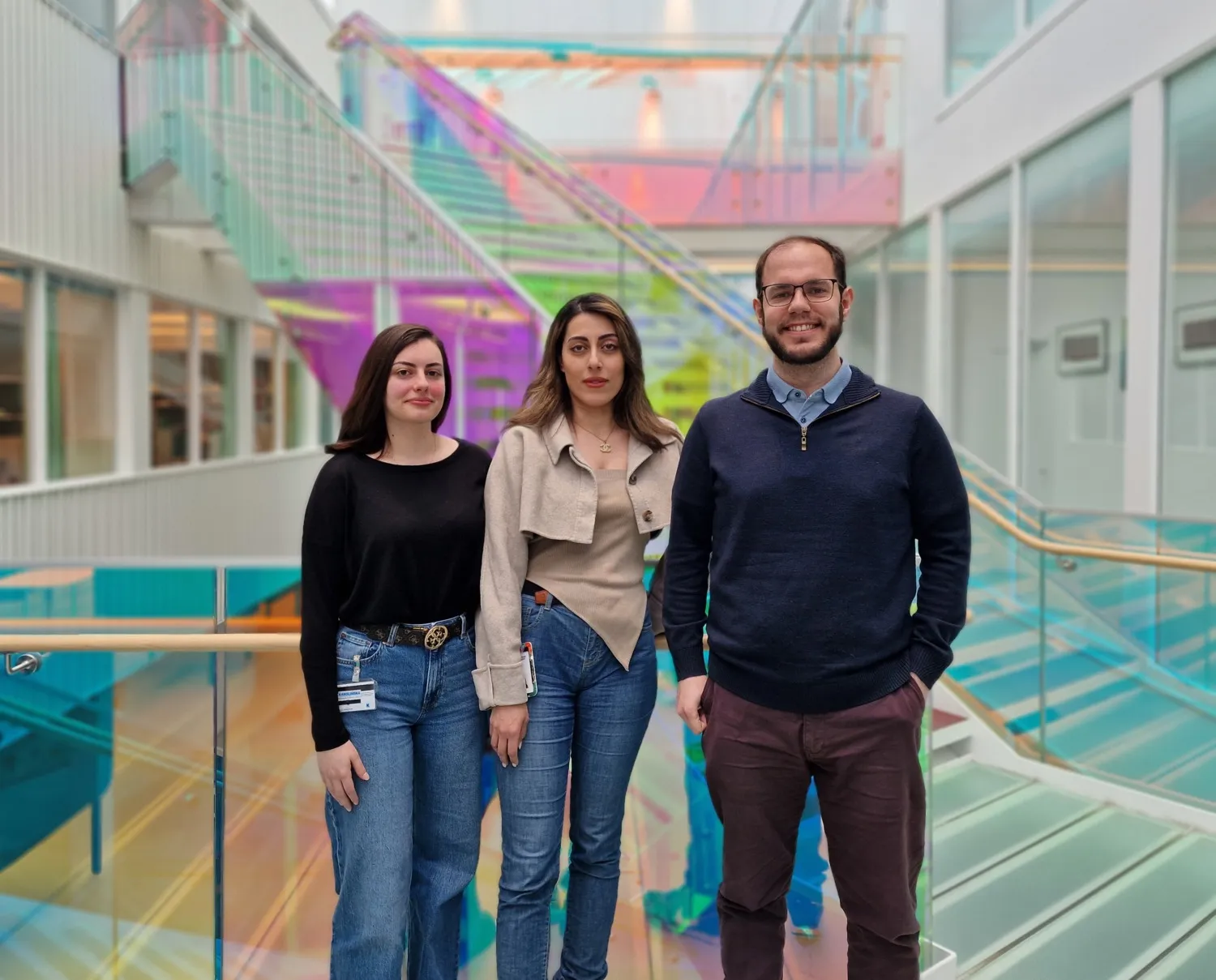Our research
Hematological malignancies (or blood cancers) are strongly associated with the presence of recurrent genetic mutations that are somehow advantageous to the mutant cells. We focus primarily on understanding how specific mutations change the molecular biology of both the mutant cells themselves, as well as how they reshape the interactions and biology of the surrounding healthy cells. Our vision is that our research will result in viable therapeutic strategies to help treat blood cancer patients or one day entirely avoid the development of such diseases.
Myeloid neoplasms and our areas of interest
Our team has a significant focus on the study of myeloid neoplasms (MN). MN are a heterogeneous subgroup of blood cancers which arise mostly due to the accumulation of mutations in hematopoietic stem cells (HSC) or hematopoietic progenitor cells, which then expand more efficiently over time; however, at the same time, these mutations can disrupt the production and function of differentiated myeloid lineage cells (e.g. monocytes, red blood cells, platelets). We therefore have three main questions / areas of interest in MN:
- Why do mutant HSC expand more efficiently as compared to healthy HSC?
- Can the production or function of mutant, differentiated myeloid lineage cells be restored?
- Why are mutant cells not cleared by the immune system?
To answer these questions, we use cutting-edge technologies (single-cell transcriptomics, proteomics, imaging) to study cells collected from the bone marrow and peripheral blood of both MN patients and healthy donors to understand what the differences in their baseline biology, as well as how differently they respond to certain stimuli; and we then recapitulate our primary observations in biological models, so that we can pinpoint specific mechanisms used by the mutant cells.

